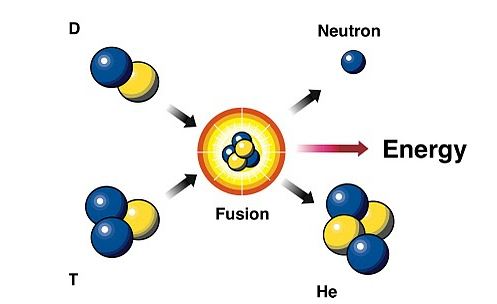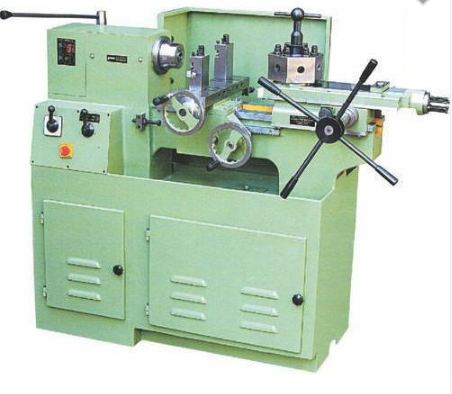Difference Between Early And Late Blight
Early blight and late blight, two serious diseases of potato, are widely distributed. Both are found everywhere potatoes are grown. The terms “early” and “late” refer to the relative time of their appearance in the field, although both diseases can occur at the same time. Late blight is caused by Phytophtora spp, whereas early blight … Read more


